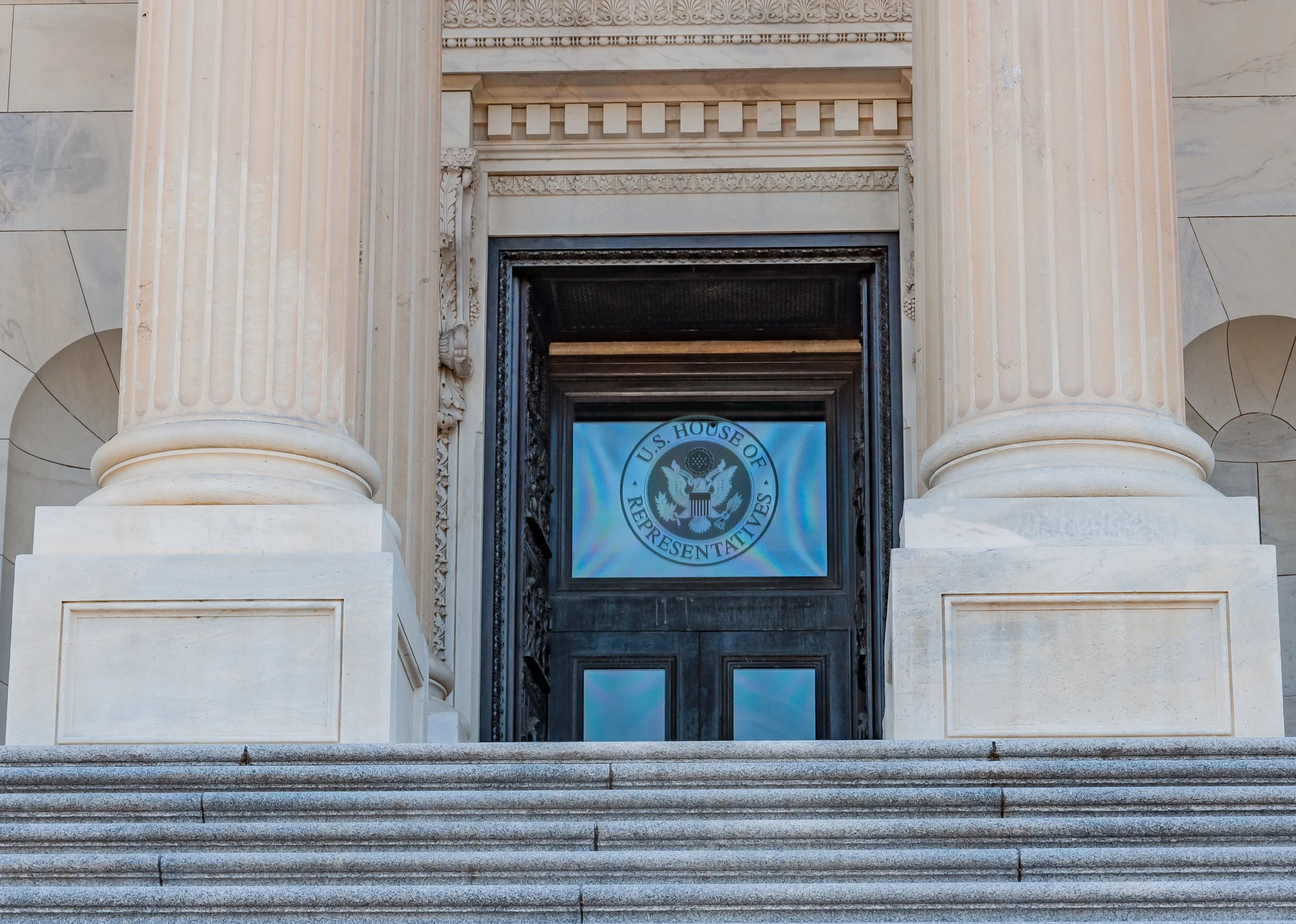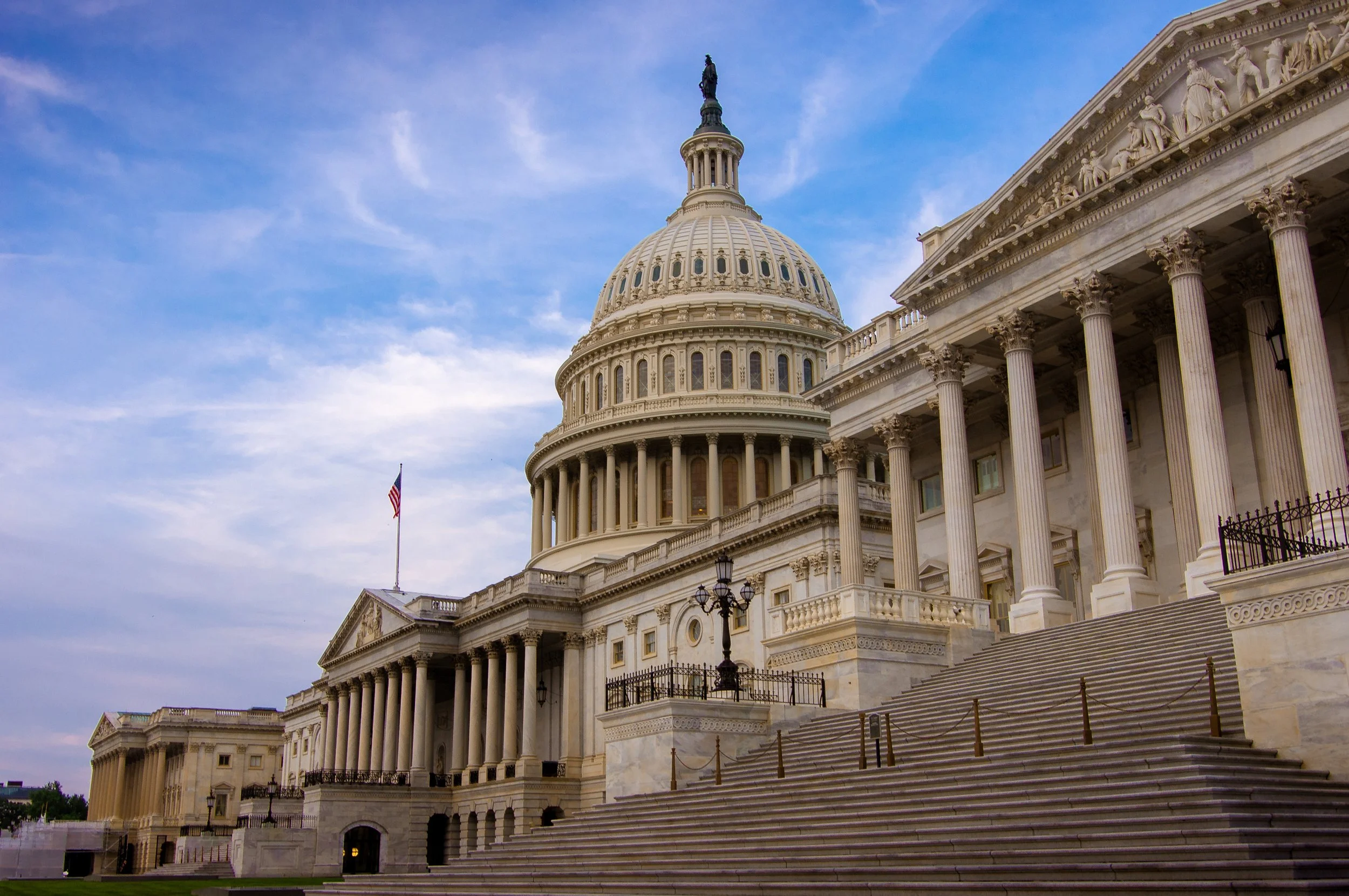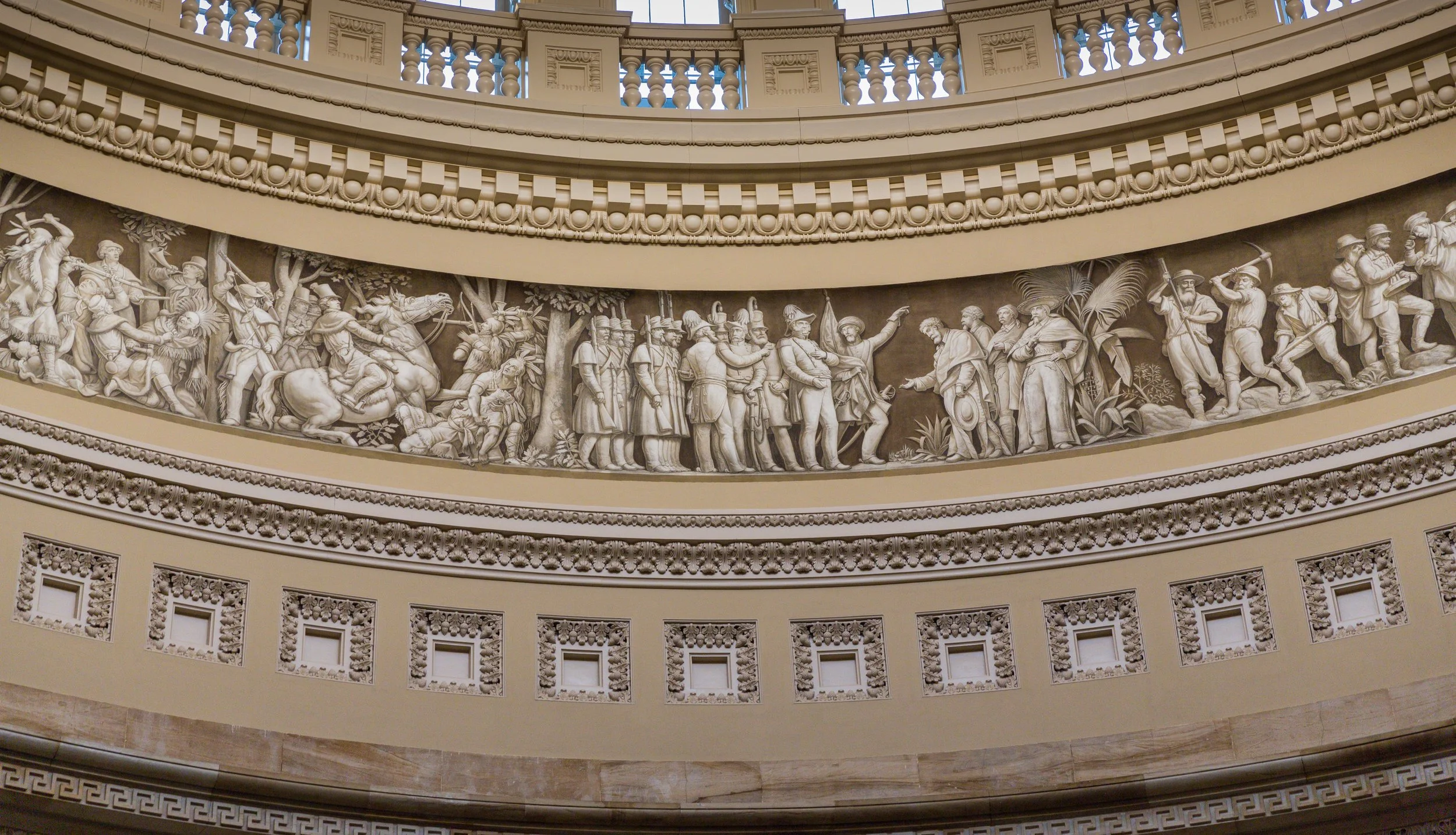We estimate the Senate-passed reconciliation bill increases primary deficits by $3.2 trillion over 10 years. The dynamic cost, including changes to the economy, is larger at $3.6 trillion. GDP falls by 0.3 percent in 10 years and 4.6 percent in 30 years.
The Impact of President Trump’s Deportation Policies: The Social Security Program
Deporting unauthorized workers over 10 years cuts Social Security revenue, raises deficits by $133 billion (10 yrs) and $884 billion (30 yrs). The Trust Fund depletes 6 months earlier; 75-year deficit rises by 0.25% of payroll.
The House-Passed Reconciliation Bill: Illustrative Budget, Economic, and Distributional Effects with Permanence
If spending and tax changes in the House-passed reconciliation bill are made permanent, federal debt increases by 9.9 percent in 10 years and 22.9 percent in 30 years. GDP decreases by 3.6 percent, and wages fall by 2.9 percent. Dynamic costs exceed conventional costs in the budget window.
Debt, Tariffs, and Capital Markets in a Dynamic Setting: An Explainer
We examine recent capital market dynamics in the context of budget reconciliation and trade policies. Understanding these dynamics requires modeling the interaction between microeconomic behavior and macroeconomic outcomes—an approach particularly well suited for the overlapping-generations lifecycle model.
The House-Passed Reconciliation Bill: Budget, Economic, and Distributional Effects
We estimate the House-passed reconciliation bill increases primary deficits by $2.7 trillion over 10 years. GDP rises slightly, as labor supply and savings respond to a reduced social safety net, but the dynamic score is larger ($3.1 trillion) than the conventional.
House Reconciliation Bill: Illustrative Calculations with Permanence (May 20, 2025)
If spending and tax changes in Reconciliation are made permanent, federal debt increases by 11.1 percent in 10 years and 24.3 percent in 30 years. GDP remains flat and wages fall by 0.5 percent. Dynamic costs exceed conventional costs in the budget window.
House Reconciliation Bill: Budget, Economic, and Distributional Effects (May 19, 2025)
We estimate the House reconciliation bill increases primary deficits by $3.3 trillion over 10 years. Even so, GDP rises in the short and long term, as precautionary increases in labor supply and savings respond to a reduced social safety net.








